| There’s no question that 2020 has been a year to remember. Wildfires, locusts, volcanoes, floods, typhoons, hurricanes, earthquakes, and let’s throw in some Murder Hornets just for fun. Then of course, the man-made calamities; oil spills, mass shootings, explosions, plane crashes, riots, political and social unrest, and spiralling racial tensions. And if that wasn’t enough, here comes Covid-19. A devastating and deadly pandemic that has turned everyone’s lives upside down, and brought out the worst, and the best, of human behaviour. |
| I think most of us are still in shock. The real impact of all these disasters has yet to be fully realized. How can it be? It’s just too big, too much, too fast. Our comfortable, safe, predictable and convenient way of life has been tossed out the window, and now we’re struggling to figure out how this new life works. We may not be living in Mad Max’s world, or be in a real life episode of the Walking Dead, but the events of the past year has shown just how fragile our civilization really is. |
| Humankind has become connected on a global scale, thanks to our technology, and that isn’t a bad thing. It’s given our entire species the opportunity to learn and grow, expanding our horizons by learning about the ways of other cultures. But as we reach across continents for our food and material goods, what effect does it have on our planet? On ourselves? I’m not trying to say we shouldn’t reach out to other cultures, or travel and explore our world, I’m not promoting a xenophobic attitude. I’m saying we need to do so mindfully, respectfully; not just toward the cultures we are discovering, but also to ourselves and to the Earth we are treading upon. |
| One other news trend from 2020 really caught my attention. Not long after lockdown began, we started to see news stories like the smog clearing from heavily polluted skies. Noise pollution in the oceans has plummeted due to the lack of boats and cruise ships. The dolphins swimming in the canals of Venice turned out to be fake news, but wildlife habits have been changing and as the humans have retreated to their houses in isolation, the animals have been coming out more and more. |
| Human nature is extremely difficult to change and it will take something extremely drastic to change it. Well, maybe this is our wakeup call. Since we lost touch with that part of us that lived in the world, and not just on it, human activity has had devastating consequences. It seems to me, that the natural disasters that have occurred are correlating to our man-made catastrophes. Mother Nature, Gaea, Earth Goddess, whatever you call Her, maybe She has just had enough. |
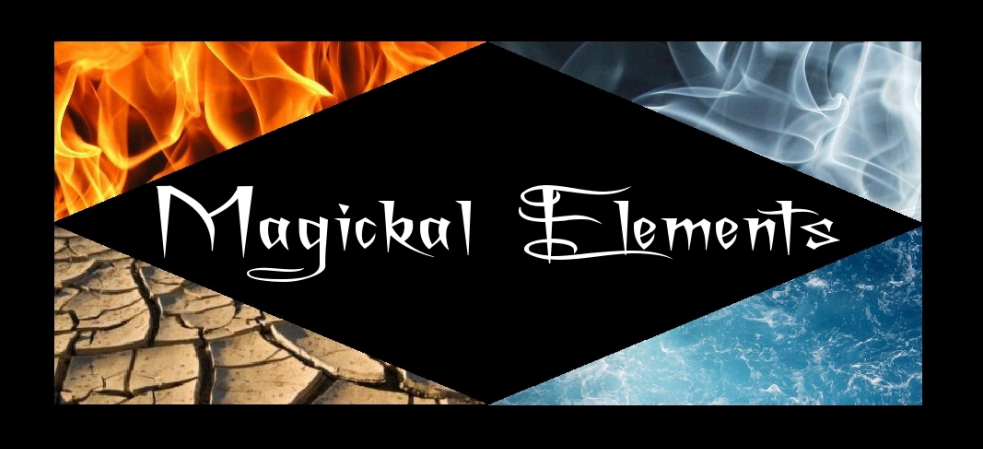
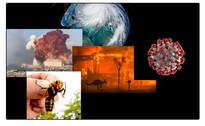


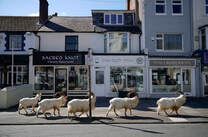
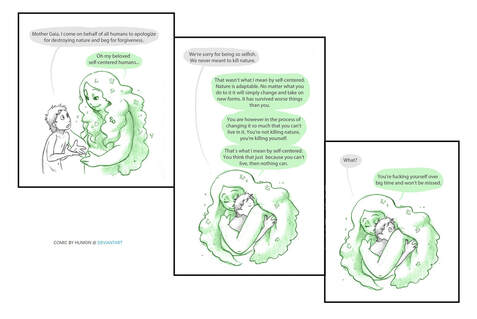
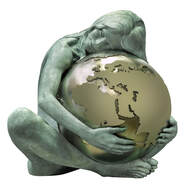
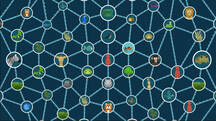
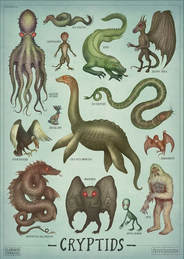

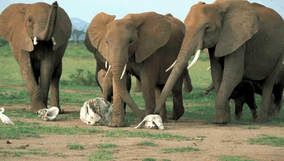
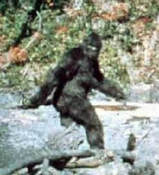
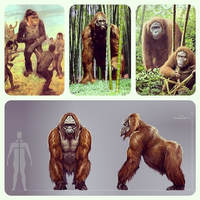
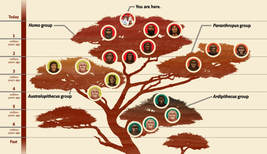
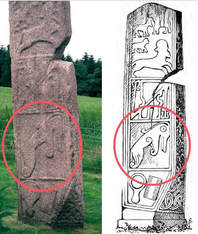

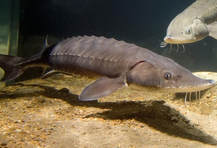
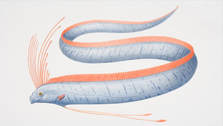


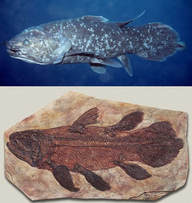




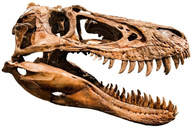
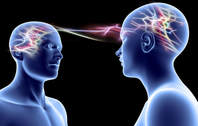
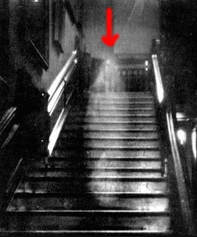
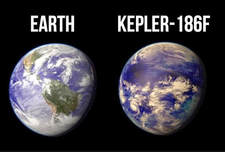
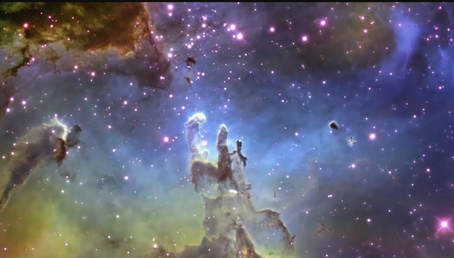
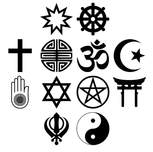

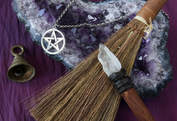
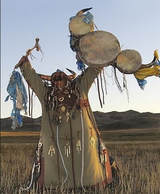
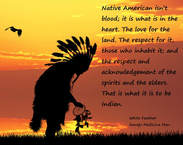
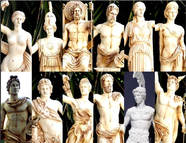

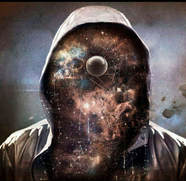
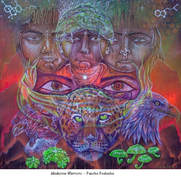
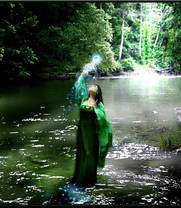
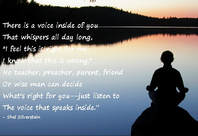
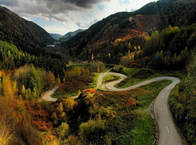
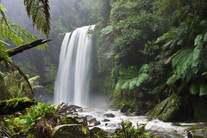
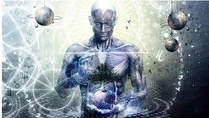

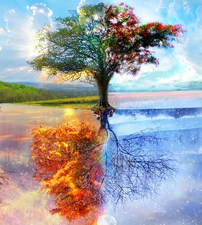
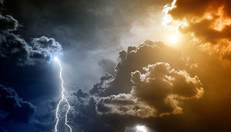
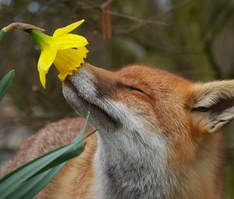
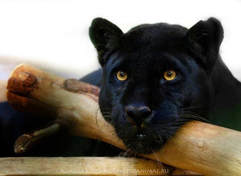




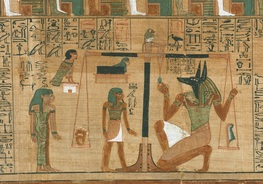
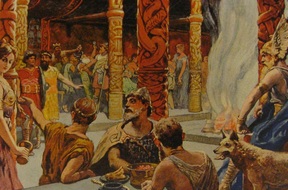
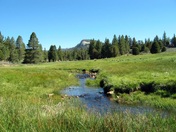
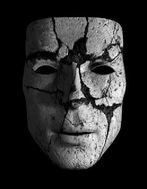

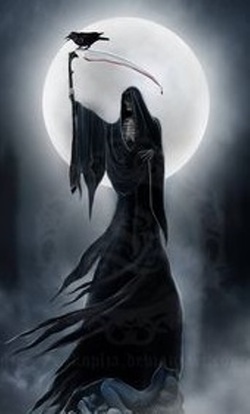


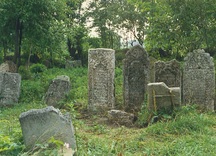
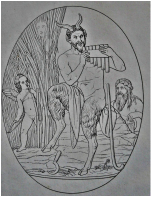
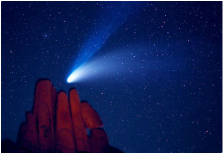


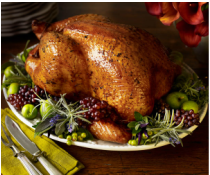

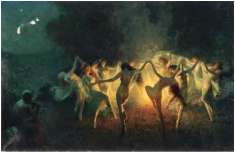
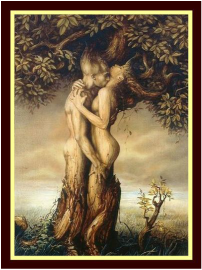

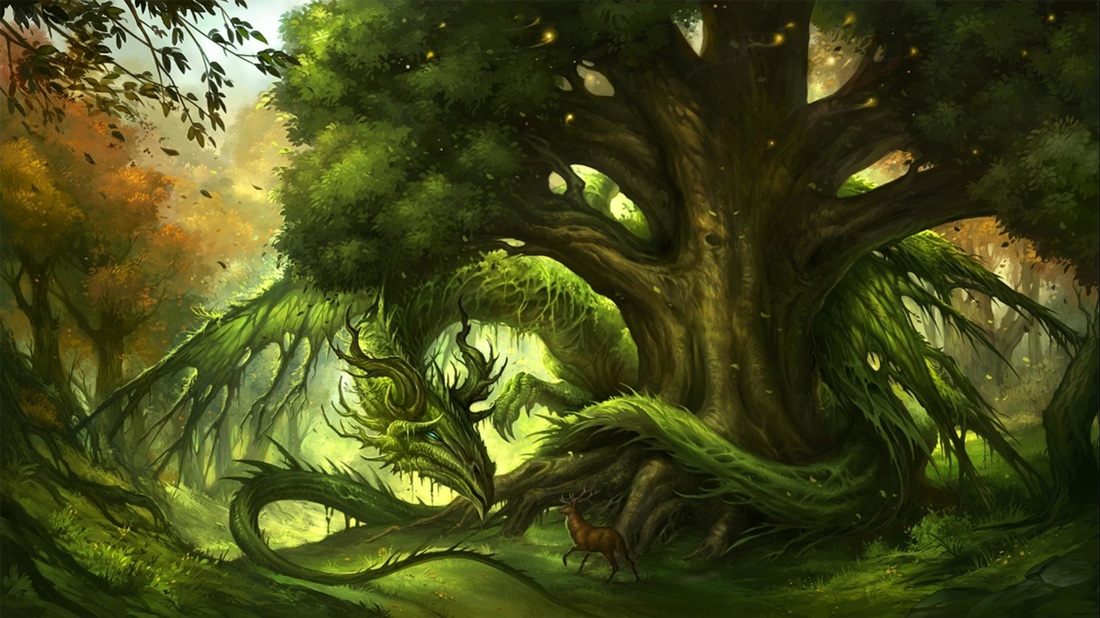
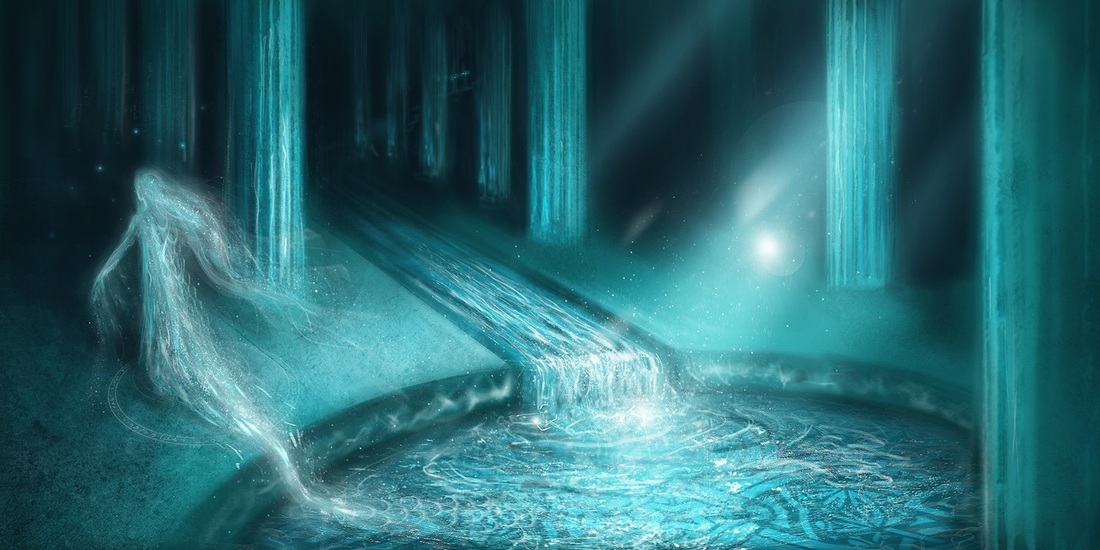
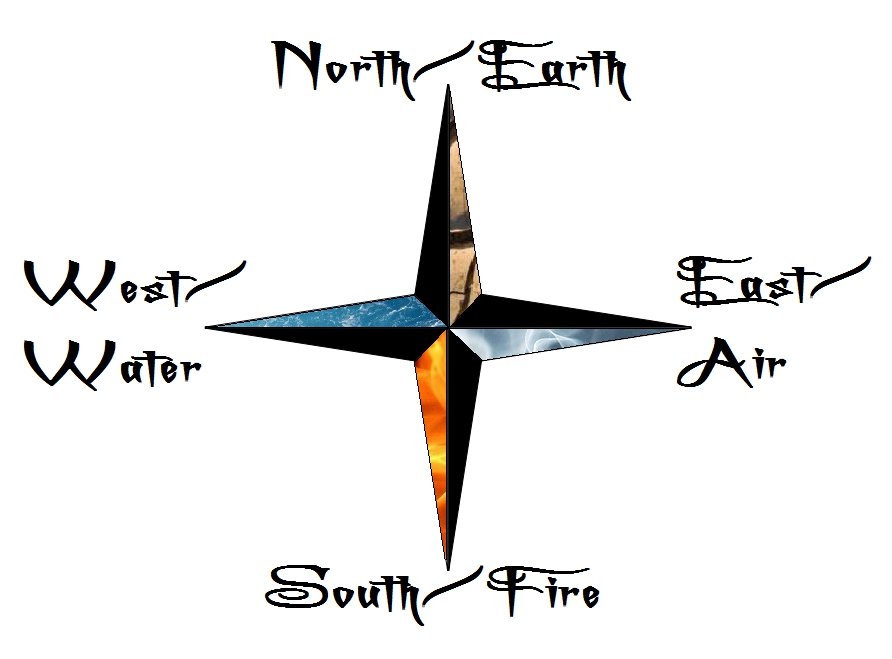
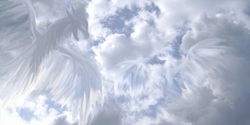
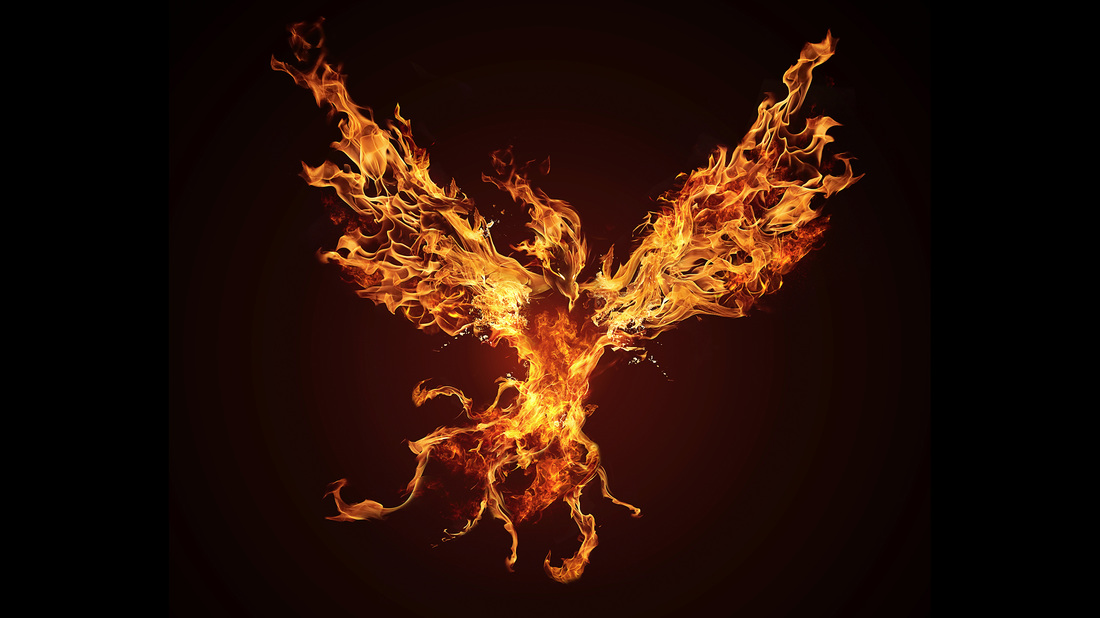
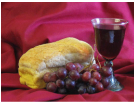
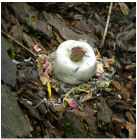

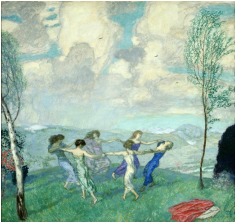
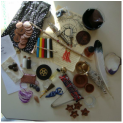
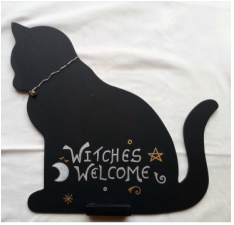


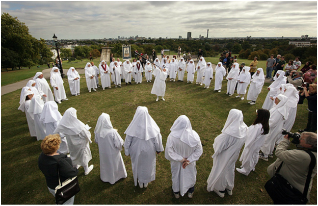
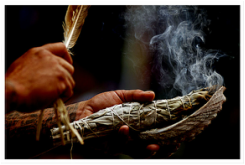
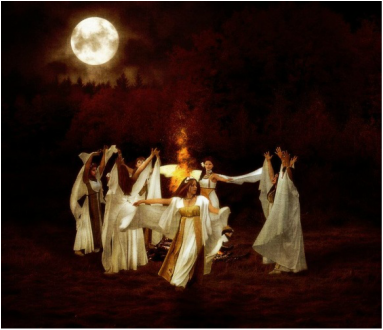
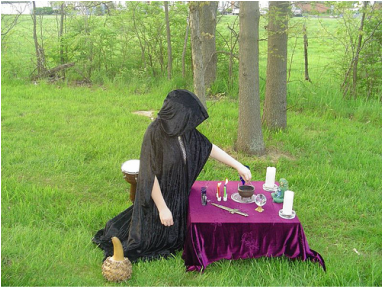

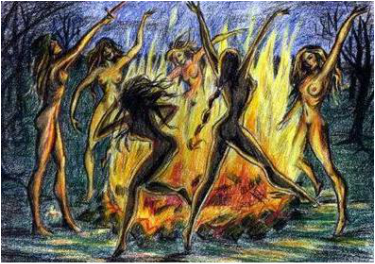
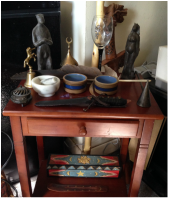
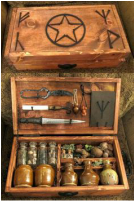
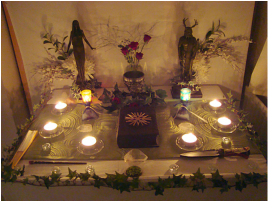
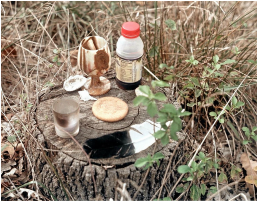
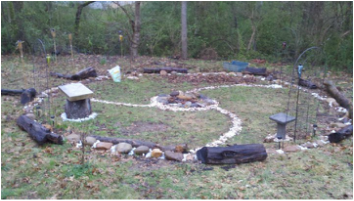
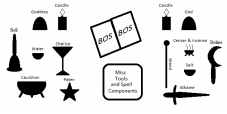
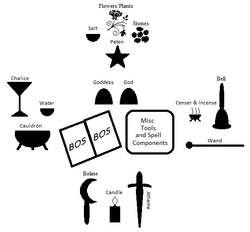
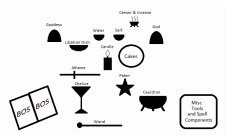
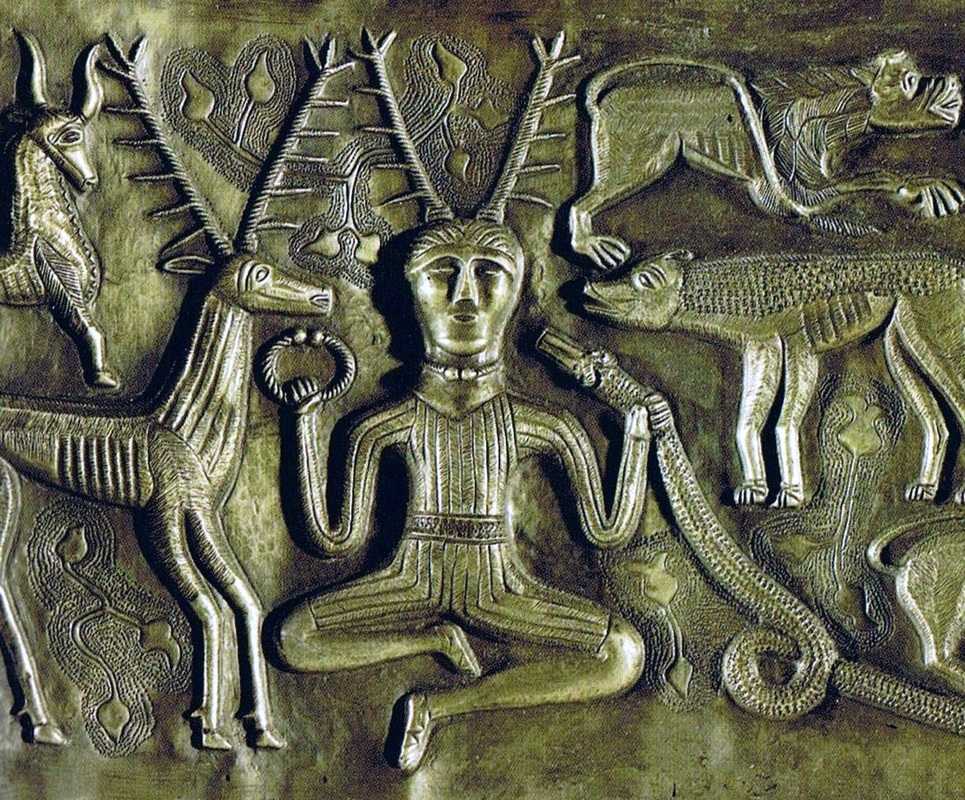
 RSS Feed
RSS Feed
